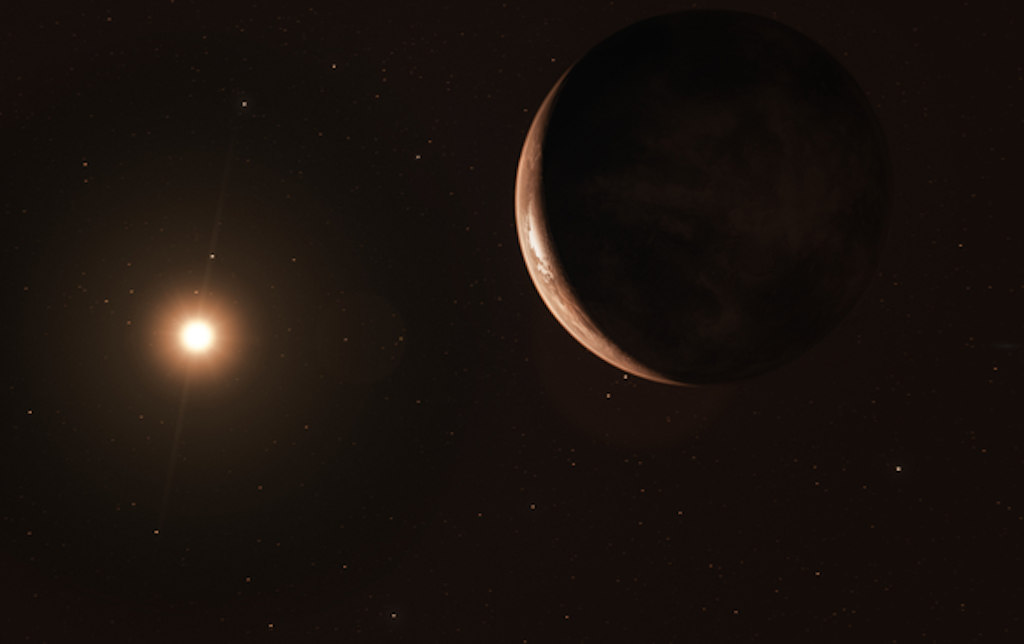SPACE | Astronomers find a frozen Super-Earth orbiting closest single star to our own
An international team discovered a frozen Super-Earth orbiting the second closest star system or the closest single star to our own Sun.

WASHINGTON — An international team discovered a frozen Super-Earth orbiting the second closest star system or the closest single star to our own Sun, according to a study published on Wednesday in the journal Nature.
The cold planet spins around the Bernard’s star, our fourth-closest neighboring star overall, after Alpha Centauri’s triple-star system. Bernard’s star, just six light years from Earth, is smaller and older than our Sun and among the least-active known red dwarfs.
Astronomers stitched data from seven instruments including the Planet Finding Spectrograph on Magellan II telescope at Carnegie Institution for Science in Washington D.C..
“After a very careful analysis, we are over 99 percent confident that the planet is there,” said the paper’s lead author Ignasi Ribas with Spain’s Institute of Space Studies of Catalonia.
Called Barnard’s star b, the planet has at least 3.2 times Earth’s mass and orbits its star every 233 days at a distance where water would be frozen. The scientists estimated a surface temperature of minus 150 degrees Celsius.
Using the radial velocity technique, astronomers detected the tiny wobbles that the planet’s gravity induces in the star’s orbit.
They said that the newly found planet’s characteristics made it an excellent target for direct imaging using the next generation of instruments such as NASA’s Wide Field Infrared Survey Telescope (WFIRST).


